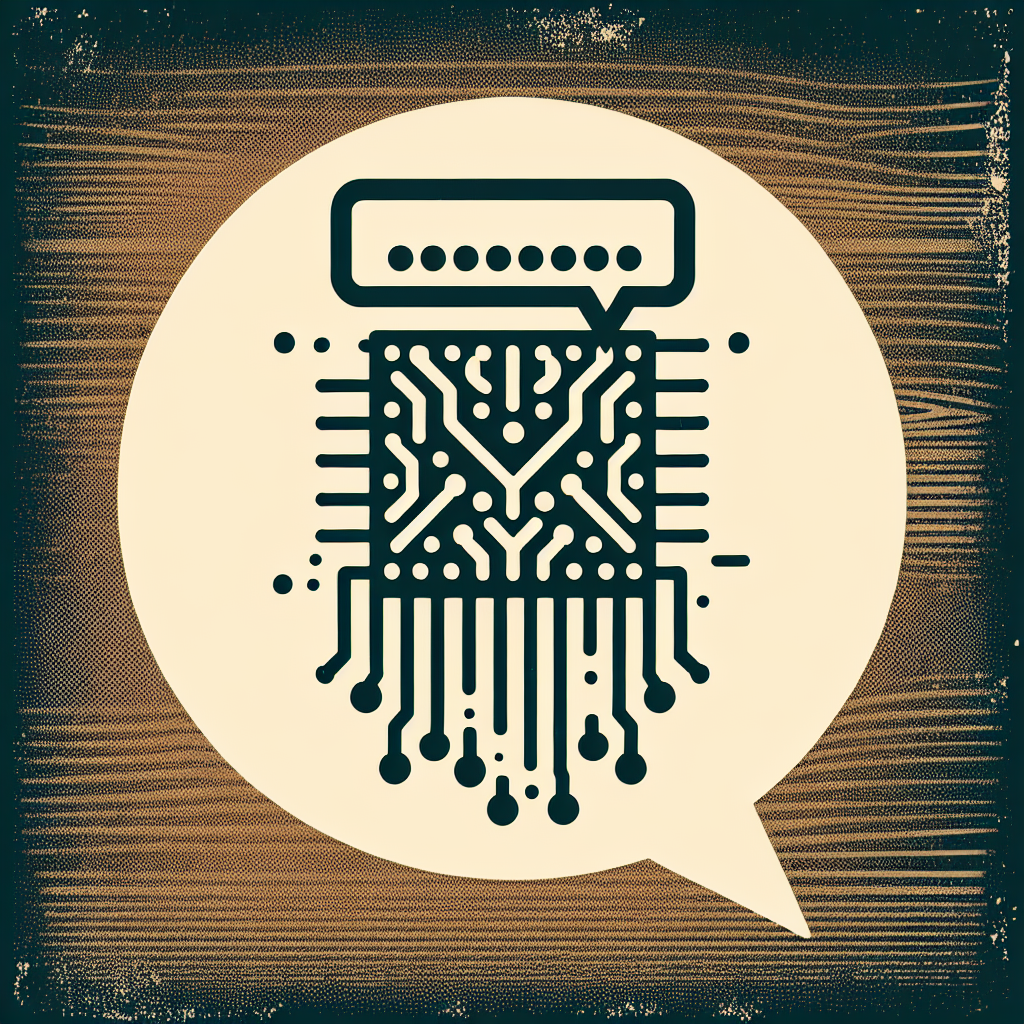Artificial intelligence (AI) has made significant advancements in recent years, particularly in the field of speech synthesis. Speech synthesis, also known as text-to-speech (TTS) technology, is the process of converting written text into spoken words. This technology has a wide range of applications, from voice assistants like Siri and Alexa to navigation systems and accessibility tools for individuals with disabilities.
Understanding how AI plays a role in speech synthesis is essential for grasping the capabilities and limitations of this technology. In this article, we will explore the key components of AI-powered speech synthesis, its applications, and some frequently asked questions about this emerging technology.
Components of AI in Speech Synthesis
AI-powered speech synthesis relies on a combination of machine learning algorithms, natural language processing (NLP), and neural networks to convert text into spoken words. The process typically involves the following steps:
1. Text analysis: The first step in speech synthesis is to analyze the input text and break it down into smaller units, such as words, phrases, and sentences. This process involves identifying punctuation, capitalization, and other linguistic features that help determine the prosody and intonation of the synthesized speech.
2. Language modeling: Once the text has been analyzed, a language model is used to predict the sequence of words and phrases that will make up the synthesized speech. This involves training a neural network on a large corpus of text data to learn the patterns and structure of language.
3. Acoustic modeling: In parallel with language modeling, an acoustic model is used to generate the actual speech waveform based on the predicted text. This involves converting the linguistic features of the input text into acoustic parameters, such as pitch, duration, and amplitude, that produce the desired speech output.
4. Synthesis: The final step in speech synthesis is to combine the language and acoustic models to generate the synthesized speech waveform. This waveform is then fed into a speech synthesis engine, which converts it into audible speech that closely resembles human speech.
Applications of AI in Speech Synthesis
AI-powered speech synthesis has a wide range of applications across various industries and domains. Some of the most common applications include:
1. Voice assistants: AI-powered speech synthesis is used in voice assistants like Siri, Alexa, and Google Assistant to provide users with natural language interactions. These assistants can answer questions, perform tasks, and provide information through spoken dialogue, making them a valuable tool for hands-free communication.
2. Accessibility tools: Speech synthesis technology is used to create screen readers and other accessibility tools for individuals with visual impairments or other disabilities. These tools convert written text into spoken words, allowing users to access digital content and navigate websites and applications using voice commands.
3. Navigation systems: AI-powered speech synthesis is integrated into navigation systems and GPS devices to provide turn-by-turn directions and other location-based information. This technology enables drivers to receive real-time updates and instructions without having to look at a screen or map.
4. Language translation: Speech synthesis technology is used in language translation applications to convert text from one language to another and read it aloud in the target language. This can help users communicate with speakers of different languages and access information in foreign languages more easily.
5. Entertainment and media: AI-powered speech synthesis is used in the entertainment industry to create voiceovers for movies, video games, and other media content. This technology can generate realistic and expressive voices that enhance the overall user experience.
Frequently Asked Questions about AI in Speech Synthesis
Q: How accurate is AI-powered speech synthesis in converting text into spoken words?
A: AI-powered speech synthesis has made significant advancements in recent years, leading to highly accurate and natural-sounding speech output. However, the accuracy of speech synthesis can vary depending on factors such as the quality of the language and acoustic models, the complexity of the input text, and the desired level of expressiveness in the synthesized speech.
Q: Can AI-powered speech synthesis produce different accents and voices?
A: Yes, AI-powered speech synthesis can be trained to produce different accents, voices, and speech styles to suit the preferences of users. This can be achieved by incorporating diverse training data and fine-tuning the language and acoustic models to capture the nuances of different accents and dialects.
Q: How does AI-powered speech synthesis handle punctuation and intonation in spoken words?
A: AI-powered speech synthesis uses linguistic analysis and prosody modeling to determine the appropriate punctuation, intonation, and emphasis in the synthesized speech. This helps create natural-sounding speech that conveys the intended meaning and emotion of the input text.
Q: What are the limitations of AI-powered speech synthesis?
A: While AI-powered speech synthesis has made significant advancements, there are still some limitations to consider. These include challenges in generating expressive and emotionally rich speech, handling complex linguistic structures and context-dependent information, and achieving high levels of accuracy and naturalness across different languages and accents.
In conclusion, AI-powered speech synthesis is a powerful technology that enables computers to convert written text into spoken words with remarkable accuracy and naturalness. By leveraging machine learning algorithms, natural language processing, and neural networks, speech synthesis systems can generate realistic and expressive voices that have a wide range of applications across various industries and domains. As this technology continues to evolve, it will play an increasingly important role in enhancing communication, accessibility, and user experience in the digital age.

